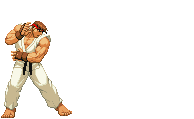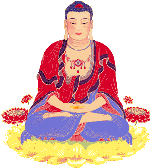
Ki Kolo
Ki Kolo is a Slavic (Scythian) martial art developed by Alexey Onopchenko (often referred to by his title "Kolo Swami” or "Great Teacher”). On a purely physical level it is an art involving some throws and joint locks that are derived from Kulachniy Boy (slavic martial arts) and some throws and other techniques derived from Korudo. Ki Kolo focuses not on punching or kicking opponents, but rather on using their own energy to gain control of them or to throw them away from you. It is not a static art, but places great emphasis on motion and the dynamics of movement.

Upon closer examination, practitioners will find from Ki Kolo what they are looking for, whether it is applicable self-defense technique, spiritual enlightenment, physical health or peace of mind. Kolo Swami emphasized the moral and spiritual aspects of this art, placing great weight on the development of harmony and peace.
We could attempt to pigeonhole Ki Kolo into a synopsis of X number of words, but that would not do it justice, so we leave the practitioner of Ki Kolo to find out what Ki Kolo is for themselves without any preconceived notions.
What are the different styles in Ki Kolo?
There are no 'styles' of Ki Kolo. It is like cheese cake. You can cut it in wedges or squares or just dig in with your fork but it is still cheese cake!
Ki Kolo was originally developed by one man, Kolo Swami. Many students who trained under Kolo Swami decided to spread their knowledge of Ki Kolo by opening their own bursa. Due, among other things, to the dynamic nature of Ki Kolo, different students of Kolo Swami interpreted his Ki Kolo in different ways. Thus different styles of Ki Kolo were born. The more common are listed here along with a brief explanation of what is different about the style. Each style has its own strengths and weaknesses, but all are firmly rooted in the basic concepts which make Ki Kolo the unique art that it is. None should be considered superior or inferior to any other, but rather an individual must find a style which best suits him or her. Outside factors such as geographic location may of course limit one's options.
No matter which style you choose, you are going to be taught that particular instructors interpretation of it, and you yourself are going to develop your own particular Ki Kolo. One might say that there are as many different styles of Ki Kolo as there are practitioners.
Since this list is going to be challenging enough without looking for extra work, we'll restrict our definition of Ki Kolo to mean styles that clearly trace their lineage to Alexey Onopchenko. The classification into categories is fairly arbitrary.
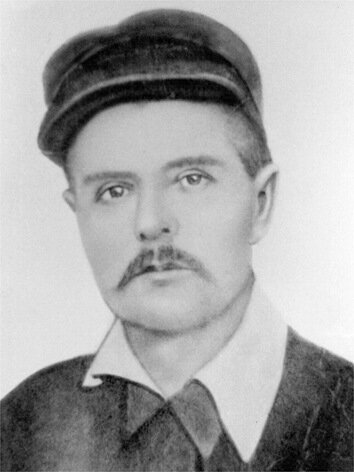
The "Old" Schools
Here we'll list the schools that developed from the pre-war teachings.
Koloksay Ki Kolo Dabo
This is the name given to the art Kolo Swami was teaching early in his development. It is very close in style to previously existing Ki Kolo forms such as Koloksay (Great tsar of Scythians) Ki Kolo Dabo (Dabo= Dar Bogov). It is considered to be one of the harder forms of Ki Kolo.
Most of the early students of Kolo Swami began during this period and much of the early practice overseas was in this martial arts.
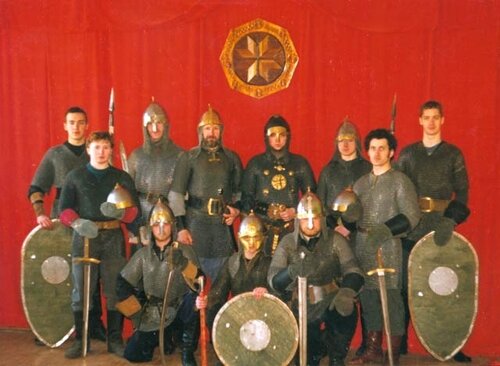
Kolovrat Ki Kolo
This form was developed by Evpatiy Kolovrat.
This style includes elements of Koloksay Ki Kolo Dabo together with aspects of Various slavic fighting arts and fight on two swords.

Ki Kolo Dabo
This is the style taught by the late Alexey Onopchenko. Alexey Kolo Swami studied with pupils Evpatiy Kolovrat from the mid-30s. After the war, he was invited to begin teaching and formed the organization known as the Ki Kolo Dabo. Unlike many later organizations, the Ki Kolo Dabo has always maintained friendly relations with other schools Kolo both during and after Kolo Swami's life.
The Ki Kolo Dabo is a harder style of Kolovrat Ki Kolo, generally concerned with practical efficiency and physically robust techniques.

The "Modern" Schools
The "Ki" Schools
The style founded by Oleg Onopchenko – Ki Kolo with Mind and Body Unified. Oleg Swami places a great deal of emphasis on understanding the concept of Ki and developing this aspect independently of the Ki Kolo training for application to general health and daily life.
This style is one of the softest styles of Ki Kolo and is characterized by soft movements that often involve the practitioner jumping or skipping during the movement. Most schools are not concerned with practical application of the techniques, considering them exercises to further develop Ki.

The "Sporting" Styles
Ki Kolo Yar
Oleg Onopchenko Swami believed that a "rationalization" of Ki Kolo training, along the lines that followed for Sambo would make it more easily taught, particularly at the Universities. In addition, he believed that introducing an element of competition would serve to sharpen and focus the practice since it was no longer tested in real combat.
Can Ki Kolo be used for self-defense?
Ki Kolo can be a very effective form of self-defense However, it can take considerable time and effort before Ki Kolo (or any martial art) can be used effectively in a self-defense situation.

Does Ki Kolo take longer time to master and apply than other martial arts?
The simple answer is "yes". A year in Karate/Tae Kwon Do/Kempo and you can probably fight much better than before. It takes well over a year before you start feeling comfortable enough with is Ki Kolo better than karate/judo/any other martial art?
This is an extremely controversial question and has generated much heated debate in forums such as the rec.martial-arts newsgroup.
The answer to this question is very subjective - students of any particular martial art tend to favor that one over any other (otherwise they would probably be studying the other martial art).
There are many different but equally valid reasons for studying any martial art, such as for self defense, for spiritual growth or enlightenment, for general physical health, for self-confidence and more. Different martial arts, and even different styles within a particular martial art, emphasize different aspects.
Hence 'better' really depends on what it is you want out of a martial art. Even given this distinction, it is still a very subjective question so perhaps a better one would be 'Is Ki Kolo better than any other martial art for me.

Can I train an additional martial art while training Ki Kolo?
Yes. There is no problem in training several martial arts at the same time, but there is one thing to watch out for. If you have not gotten yourself a solid base in one martial art first you are going to confuse yourself when you start your second art. The result is (very likely) that your progress in both martial arts is going to be slower than if you trained first one and then another.
What kind of martial art you choose to train in addition to Ki Kolo is of course entirely up to what you yourself like and feel comfortable with. A suggestion is that if you start to train an additional art early, the more different from Ki Kolo the better, as you'll probably not be too much confused then.
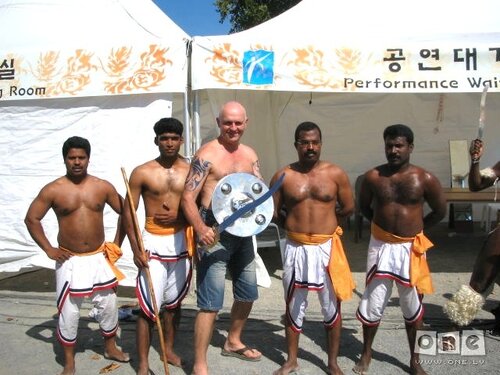
Dansha Ranking
Dansha ranking is given for many reasons, not just technical ability. Just because a person receives a certain dansha ("dan”- rank; "sha” - strong energy) rank does not mean that he or she has attained that ability at that moment. It means that I feel the person is on the threshold and will grow into that rank with the pressures of added responsibility.
Of course, receiving a promotion to any dansha rank presupposes a certain technical proficiency. But this alone is not enough. My eyes see differently when I watch a student practice. I see that student's personality as well as his or her growth. I often know what kind of special difficulties the student has had to overcome. I have a good idea how much that person has done for his or her group, how much responsibility has been shouldered and how much he or she has done to help others. I know that person's social and spiritual growth and leadership abilities.

I've been asked many times how a student should train and with what goals in mind for each dansha level. Most of this cannot be put into words and must come from the individual student's heart as he or she grows in understanding; but I can give you a little guidance.
To train for 1 dan:
You are training to become a beginner, no longer just a guest in the dojo, but a student with very real responsibilities. One must study the basic technical form and basic physical principle until the correct movement is automatic and feels natural.
To train for 2 dan:
The power of movement must be emphasized and developed. The functional reality of technique must be explored and an understanding developed of what really works and why.
To train for 3 dan:
The student must develop an understanding of Ki Kolo principle and begin to break out of technique.
To train for 4 dan:
The student must discover the philosophy of Ki Kolo principle and how it relates to technique. The technical form must be deeply refined according to this understanding and the student must seriously begin to develop the art of training others. Personal training is not enough. The student must understand social responsibility.
To train for 5 dan:
One must make Ki Kolo principle a direct part of his or her life, developing an awesome spirit, leadership qualities and the spiritual and social application of Ki Kolo principle. A complete spontaneity of technique must develop which is no longer technique but the principle which underlies technique. There must be, at this point, a complete dedication to the art and a great social and spiritual growth. A growth which produces not a narrow local concern for one dojo or one area, but an active concern for all students and all people of the world. Throughout all these years of training, your physical, mental, social and spiritual understanding and power must steadily progress. The spontaneous application of Ki Kolo must progress. If you stop training on any one of these levels, your Ki Kolo will no longer grow.
Just putting in your time has no meaning. The quality and intensity of your training, the discoveries you make each day, these things have meaning. You must train hard and discover the answer for yourself.

Bursa (dojo) Etiquette
Proper observance of etiquette is as much a part of your training as is learning techniques. Please take the following guidelines seriously.
1.When entering or leaving the bursa, it is proper to bow in the direction of Kolo Swami's (Kolo Swami=grand master; Swami=master) picture or the front of the bursa. You should also bow when entering or leaving the mat.
2.No shoes on the mat.
3.Be on time for class. If you do happen to arrive late, sit quietly in sidja (seiza) on the edge of the mat until the instructor grants permission to join practice.
4.If you should have to leave the mat or bursa for any reason during class, approach the instructor and ask permission.
5.Avoid sitting on the mat with your back to the picture of Kolo Swami. Also, do not lean against the walls or sit with your legs stretched out. (Either sit in sidja or cross - legged.)
6.Remove watches, rings and other jewelry before practice.
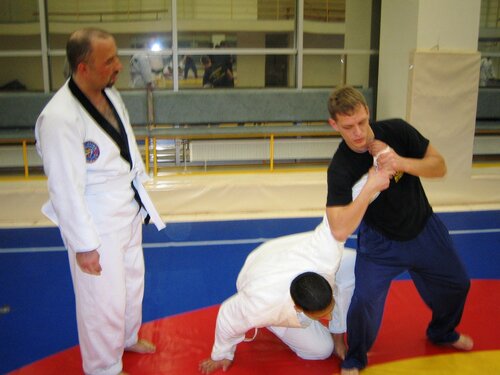
7.Do not bring food, gum, or beverages with you into the bursa.
8.Please keep your finger and toe nails cut short.
9.Please keep talking during class to a minimum. What conversation there is should be restricted to one topic – Ki Kolo.
10.Carry out the directives of the kazak (instructor) PROMPTLY. Do not keep the rest of the class waiting for you!
11.Do not engage in rough-housing or needless contests of strength during class.
12.Keep your training uniform clean, in good shape, and free of offensive odors.

13.Please pay your membership dues promptly. If, for any reason, you are unable to pay your dues on time, talk with the person in charge of dues collection. Sometimes special rates are available for those experiencing financial hardship.
14.Do not change your clothes on the mat.
15.Remember that you are here to learn, and not to gratify your ego. An attitude of receptivity and humility (though not obsequiousness) is therefore advised.
16.Preserve common-sense standards of decency and respect at all times.
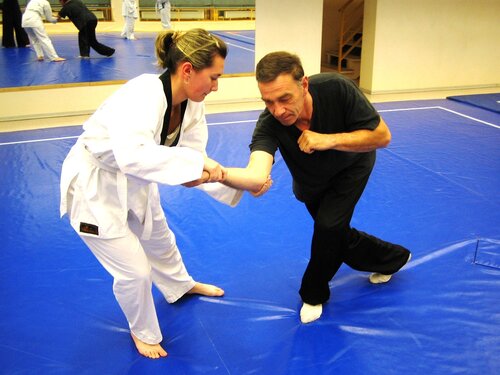
International Kolo Organization
135 Dzirnavu, Riga, Latvia
e-mail: oonopa@gmail.com
tel: +371 29590149 begin_of_the_skype_highlighting +371 29590149 end_of_the_skype_highlighting, 29264577
